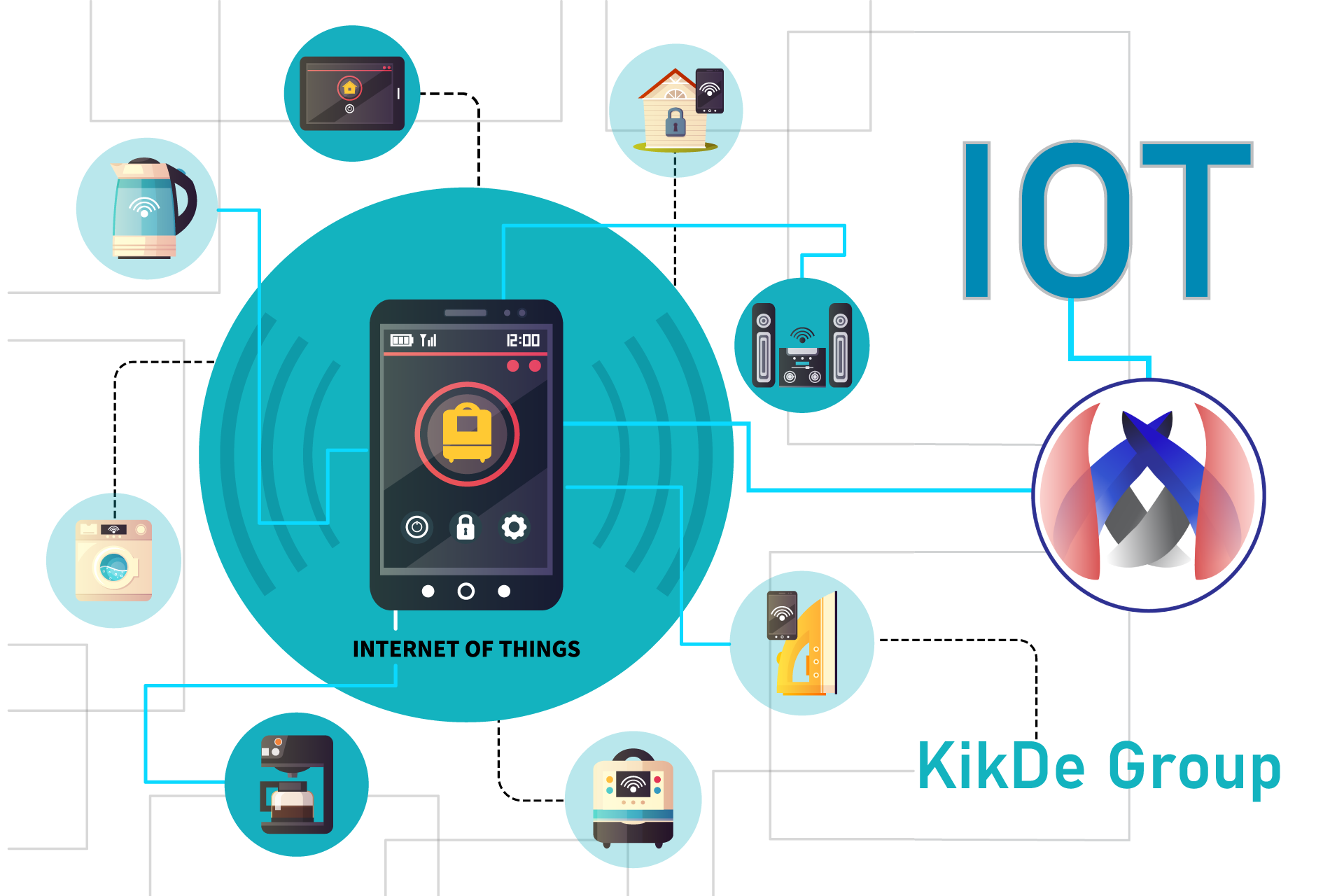What I love about the IoT (Internet of Things) is that it is always changing and evolving. There will always be more to learn about it, from new smart devices and systems to interesting use cases. Now, if you're like us, "read more" was probably on your New Year’s resolution list. So why not combine that goal with a desire to stay current and educated on IoT?
To give you a nice head start, we've rounded up the top notable IoT resources we read (and watch!) In 2021 that we'll be following.
Let’s get started……
Umm—Can You Turn Off Your Alexa?
If there's one thing the success of Alexa, Ring, Nest, and other smart home devices have taught us, it's that the IoT is almost everywhere, if it isn't already. A search shows that there will be 35 billion smart devices online by 2021, and you can see it has started and that number rising to 75 billion by 2025.
But the rise of the devices is not the trend to highlight here. Safety is the name of the game. The IoT is still maturing, and in some cases, it is far from private or secure. With so many devices, IT administrators are struggling to understand how many devices are connected to their networks, making them vulnerable to attack. As we are into the New Year, We will likely see an increase in security surrounding smart devices, including automated ability to scan networks for IoT devices, and AI-driven. Leaders in the space will be upside down this year looking to make their technology more private and secure like Amazon, which unleashed a host of new features at its most recent Alexa Live event that allows users to take control of data and communication. Privacy settings. Apple has also run a massive campaign lately around privacy.
Except among big technologies make this a trend as we seek to build consumer trust around applications and experience, while data security and privacy should also be a deliberation.
In other words: IoT can mean big money for almost any industry. Wait what's next.
Okay!! Now fold your hands and read this blog step by step so, let’s get started with our top noteworthy IoT resources we read (and watch!) In 2021…
Internet of Behaviors (IoB) becomes widespread
According to Garten, most of the companies will turn to the Internet of Behaviors this year to analyze employees neglecting social distancing rules, capture customer data, and, optimized their marketing and sales planning. The concept of IoB involves collecting "smart dust", i.e., Biometrics, Geolocation data, and device usage data. When connected to certain behaviors, such as shopping or streaming content, this data can help businesses deliver the right message to the right audience at the right time. Technologies that support businesses. The move to IoB includes multiple subsets of artificial intelligence, like facial acceptance and company vision. Half of the world's population could be subject to at least one IoB program by 2025.
IoT Devices Get Smarter with AI
In less than five years, the number of IoT devices are on track to reach 41.6 billion units. Annually, these devices will generate 79.4 Zettabytes of data, and all this data cannot be reviewed or analyzed by humans. As a result, most companies are turning to Artificial Intelligence (AI) to brutalize data analytics and gather additional insights from raw data that would otherwise be lost. 80% of enterprise IoT deployments are predicted to contain an AI component by 2022. That said, only 53% of AI projects go from pilot to production. To implement Artificial Intelligence of Things (AIoT) solutions at scale, companies will need skilled resources from DevOps, DataOps, and ModelOps. And, a small change in organizational culture.
Edge Computing Infiltrates IoT
Edge computing is a distributed computing prototype that revolves around processing data closer to where it is produced. While cloud servers still have more storage space and computing power to analyze sensor data, many IoT deployments - think autonomous vehicles, surveillance cameras, and medical equipment - can't wait for a response from a server slammed on the brakes or injected insulin into a dying patient. What's more, not all data produced by connected devices should act immediately. A smart oil rig, for example, can use up to 30,000 sensors to detect and monitor anomalies; however, only 1 percent of the sensor data requires immediate action. The new generation of IoT devices will be able to detect intruders in live video data, monitor mission-critical equipment, and assess employee well-being, but not without the help of AI.
IoT Advanced Data Analytics
The true benefit of IoT will not come only from the data, but from the analytics that generates useful information and helps companies make smart and informed decisions.
As the amount of data generated increases, analytics will become more important: advanced solutions powered by artificial intelligence and machine learning will improve the processing of large amounts and varied data structures.
Honestly, these are just a few of the biggest trends in IoT development, but many more are likely to emerge as the year progresses, from voting to collecting unemployment. It's finally an exciting time for the IoT, and I can't wait to see what this year has in store.
For more queries, feel free to contact us.
- Tags
- #ai
- #it
- #iot
- #technology
- Share





